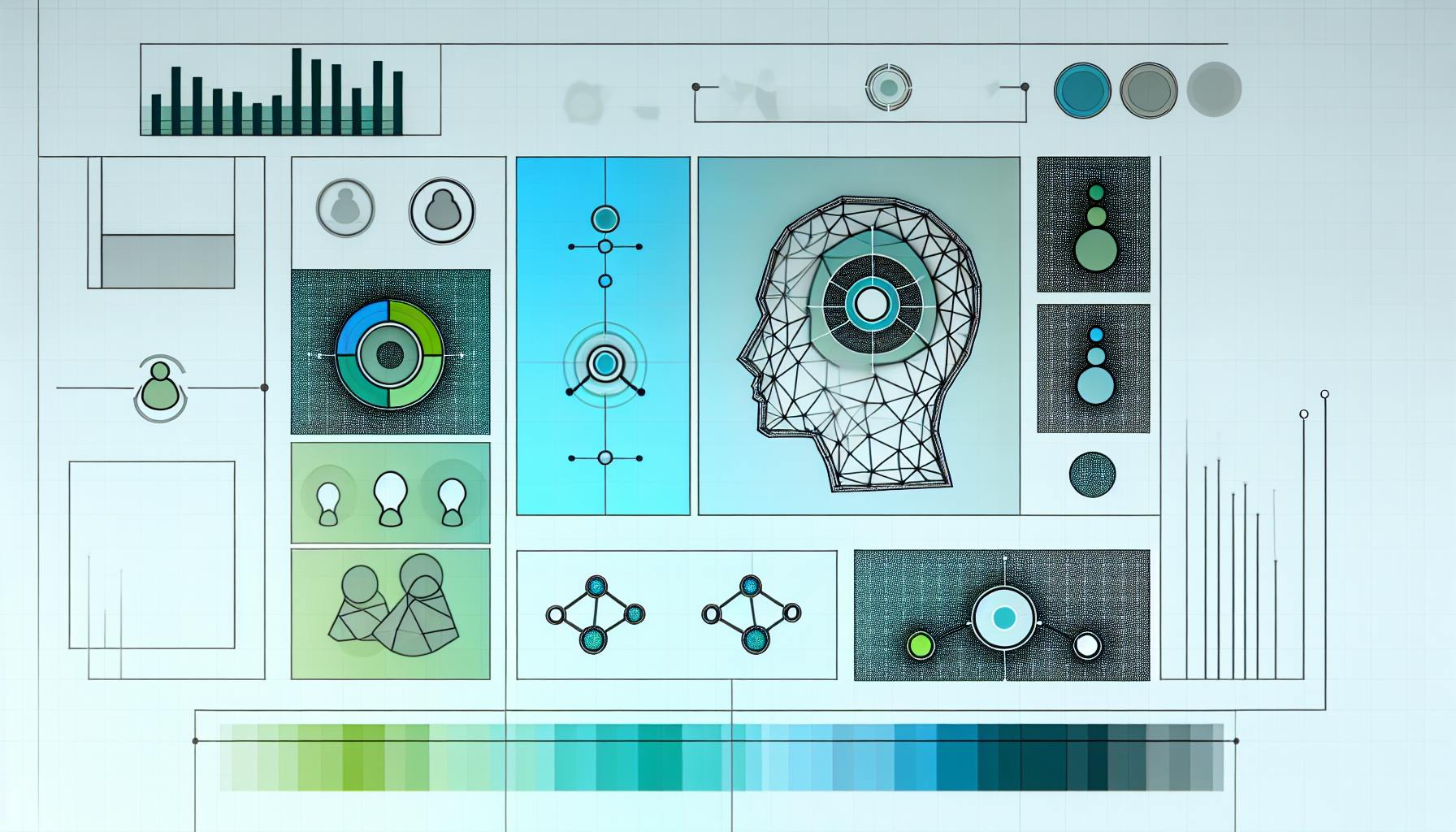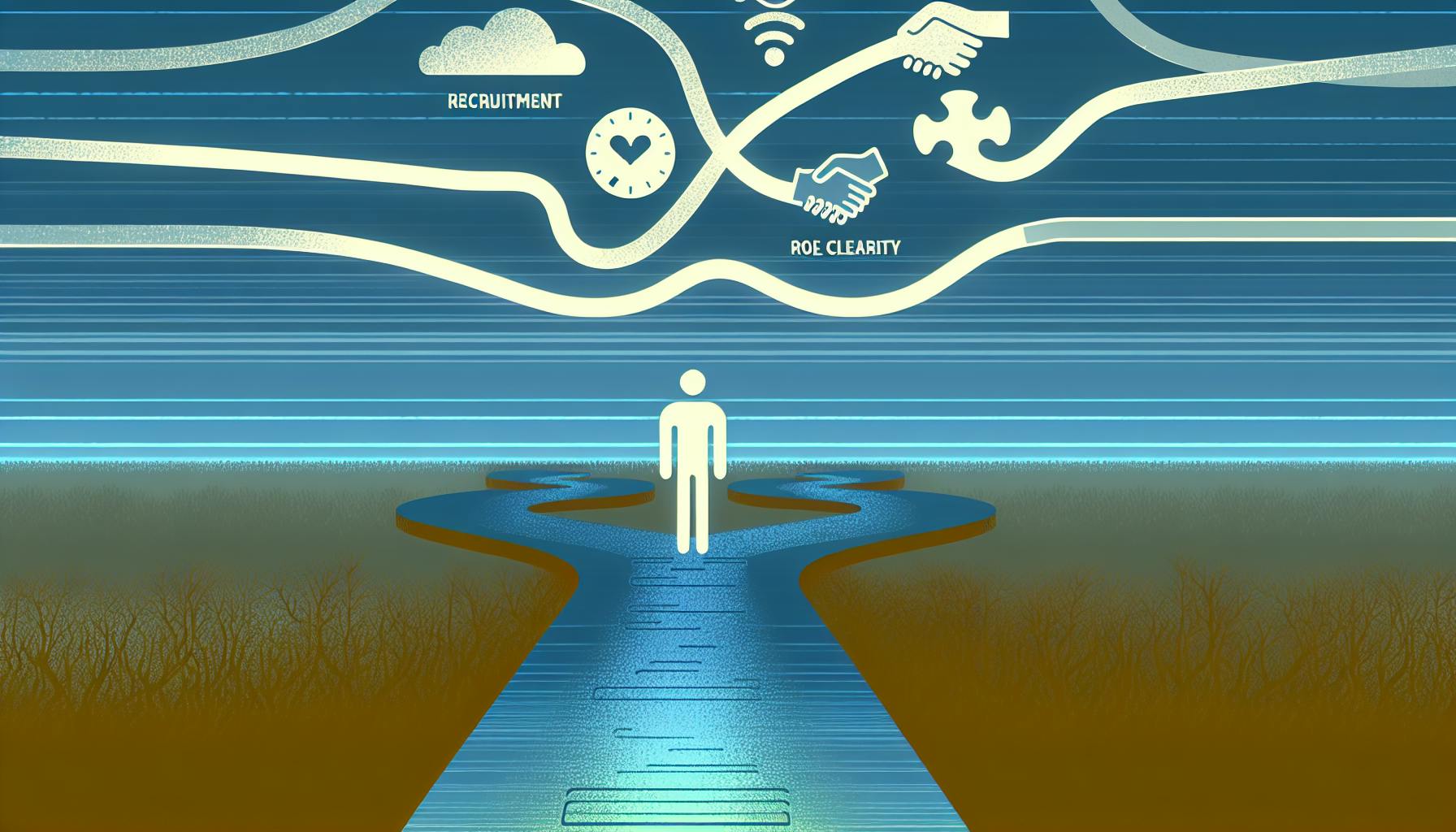Summary: AI agents are autonomous software systems reshaping HR operations—from recruiting to onboarding, from service delivery to decision-making. Understanding their five core types and designing responsible systems around them is now a critical mandate for HR leaders ready to lead transformation.
AI agents are not a concept HR professionals can ignore or leave to IT departments. These software entities are reshaping how work gets done—not as support tools, but as autonomous participants in organizational workflows. They take inputs in natural language, process those inputs across systems, and execute tasks once reserved for humans. Unlike legacy automation, which relied on rules, AI agents operate with logic, learning, memory, and decision-making ability. For HR, this is not simply a technology shift. It is a structural and cultural inflection point.
AI agents are redefining how HR delivers value—not just automating actions, but changing what it means to perform work inside the enterprise.
What Is an AI Agent?
An AI agent is a software system that can take an instruction, make decisions, break the instruction into subtasks, and carry out actions across multiple tools and platforms. It is not a single-purpose bot or script. Instead, it is built to handle variation, ambiguity, and collaboration across domains. These agents can access APIs, use enterprise software, write emails, draft documents, initiate HR service cases, and even improve their performance over time based on feedback and past experience.
Unlike tools that require pre-structured commands or user interfaces, agents respond to natural language. That makes them more accessible to HR teams that don't have technical training but do have operational context. These systems are already embedded in environments like applicant tracking systems, learning platforms, and shared services portals, performing tasks with increasing accuracy and autonomy.
Why HR Needs to Pay Attention
For HR leaders, the relevance of AI agents is immediate and material. These systems are already affecting how candidates are sourced and screened, how employees interact with internal services, and how workforce data is interpreted for decision-making. They are enabling HR teams to move from responding to requests to anticipating them, from delivering services to orchestrating experiences.
The stakes are high. AI agents can make decisions that affect people’s jobs, pay, development, and well-being. When implemented without oversight, they can create errors that scale rapidly. But when implemented responsibly, they offer a rare chance to restructure HR work to be faster, fairer, and more focused.
The Five Types of AI Agents Impacting HR
To design a workforce strategy that includes AI agents, HR leaders need to understand the categories of agents that are emerging inside the enterprise. These categories are not based on industry, but on how the agent functions inside the organizational ecosystem.
1. Copilot Agents for Individual HR Productivity
These agents act as real-time assistants to HR professionals. A copilot might sit inside an email system or case management tool, helping an HRBP summarize case notes, recommend next steps, or draft communications. It pulls from historical data, internal policies, and external content to support decision-making, not replace it. The advantage here is speed and scale—HR professionals can handle more cases with more precision and less fatigue.
In performance management, for example, a copilot agent might help a manager prepare a development conversation by analyzing past reviews, feedback, and goals, and then suggesting specific phrases or focus areas. It doesn't dictate the conversation, but it changes how prepared the manager is.
2. Workflow Automation Agents for Routine HR Processes
This type of agent performs multistep tasks end-to-end. It might coordinate onboarding: sending documents, assigning training, scheduling IT setup, and confirming manager check-ins—all without human intervention. Unlike traditional workflow tools, it doesn't need pre-defined flows. It can generate them on the fly based on an initial goal and available systems.
What makes these agents valuable is their adaptability. If a new compliance requirement is added or a team structure changes, the agent can adjust its process. This turns change management from a months-long configuration process into a responsive, continuous activity.
3. Domain-Specific Agents for Targeted HR Functions
These are purpose-built agents designed for a specific HR domain—such as recruitment, employee relations, or learning and development. They are not layered onto existing systems, but instead represent a rethinking of how the function should work when AI is native to the design.
In talent acquisition, for instance, a domain-specific agent could oversee the entire hiring process: analyzing job requirements, writing role descriptions, screening applicants, scheduling interviews, and gathering feedback. It wouldn’t just automate steps—it would redefine how hiring decisions are made, prioritizing speed, equity, and evidence-based recommendations.
4. Enterprise-Wide Agent Networks Integrated with HR
Some organizations are going beyond individual tools and building AI-native enterprises, where agents are embedded across the business model. HR is both a consumer and a contributor in this model. HR data helps power agents in other functions—like sales forecasting or customer service staffing—while HR itself uses data and logic from across the business to manage skills, plan capacity, and design roles.
This is not just a systems challenge—it’s an organizational design challenge. It means the HR function needs to shift from a service delivery unit to a node in a larger network of decision-making and execution.
5. AI Virtual Workers as HR Team Members
These are agents that don’t just assist HR—they *perform* HR roles. A virtual worker might handle level-one employee questions, analyze engagement survey data and suggest actions, or monitor leave requests for policy compliance. In some pilot programs, virtual agents have conducted structured exit interviews or performance calibration checks, escalating only when needed.
This is the most potentially disruptive type of agent. It allows HR teams to scale without headcount, but also requires new frameworks for accountability, training, and escalation. When a virtual HR agent makes a mistake—say, by misapplying a leave policy—the organization must determine who is responsible and how correction is handled.
Operational Implications for HR Leadership
The arrival of agents is not a matter of future planning. It is a current operating reality. Many HR teams already use these systems without explicitly acknowledging them as agents. That’s dangerous—because it creates a gap between usage and understanding.
To close that gap, HR needs to establish clear policies about where agents can be deployed, who reviews their outputs, and how they are trained or retrained. HR governance must expand to include agent oversight. This means tracking performance, accuracy, and bias; ensuring that agents defer to human judgment when appropriate; and maintaining logs for transparency.
The architecture of HR delivery must also shift. Instead of linear service models—where a request moves from tier to tier—HR must support agent-led service chains that can operate concurrently, intelligently, and at speed. This requires a change in system design, talent strategy, and most critically, in mindset.
Talent and Skills: Preparing HR for Agent Integration
Introducing AI agents into HR work changes the competencies required in the function. Communication, empathy, and compliance knowledge remain vital. But HR professionals now need an added layer: the ability to work with autonomous systems, manage them, and intervene when needed.
This is not about turning HR into IT. It is about equipping HR with new language, new tools, and new judgment criteria. Training programs should focus on how to instruct agents, validate their outputs, and improve their performance through feedback. Importantly, this must be democratized across HR—not reserved for a small group of “AI specialists.”
At the same time, HR must lead the way in defining what ethical use of AI agents looks like inside the company. That includes setting boundaries, creating appeal mechanisms, and modeling responsible behavior in how AI is used to influence decisions about people.
Conclusion: HR’s Role Is Expanding, Not Shrinking
AI agents are not eliminating HR—they are expanding its reach. But they are also raising the bar. The function must become more technical, more strategic, and more human, all at once.
HR leaders have a choice. They can react slowly, applying agents in isolated tools without changing the operating model. Or they can take ownership of this transformation—designing, integrating, and governing AI agents as a core part of how HR creates value.
The organizations that get this right will not only see faster service and smarter systems. They will build a future of work where technology doesn’t replace people, but redefines what people are free to focus on.


